The federal income tax rules that apply to private equity funds and investors have been the subject of much debate, mainly due to the perception by some members of Congress and the public that the rules include tax benefits that unfairly favor the wealthy. Although President Biden’s campaign and Green Book agendas and recent House and Senate tax proposals included targeted changes that would have generally increased taxes on private equity investors, not all such proposed changes are included in the version of the Build Back Better Act (H.R. 5376) passed by the House on November 19, 2021 or the proposed updated text of H.R. 5376 released by the Senate Finance Committee on December 11.
As discussed below, H.R. 5376 would, if enacted, still make certain changes to the taxation of private equity. The current bill would also impose a 5% or 8% surtax on wealthy individuals – including wealthy fund investors (i.e., a 5% surtax on individual incomes over $10 million and an additional 3% surtax on incomes over $25 million).
As of the time of writing, H.R. 5376 is stalled in the Senate and the fate of the bill is uncertain. Private equity funds and fund investors should continue to monitor the proposed legislation – in particular, as it relates to the following tax considerations:
Taxation of Carried Interests
Managers of investment funds are typically compensated via allocations of gain upon the disposition of underlying investment property. Under current law, these “carried interest” allocations are generally taxed as capital gains at favorable capital gains rates (currently, at a top rate of 20% as opposed to 37% for non-capital gain compensation income). The Tax Cuts and Jobs Act (TCJA) extended the holding period for long-term capital gain treatment of carried interest allocations from one year to three years beginning in 2018.
Recent proposals in both the House and Senate have sought to either further extend the holding period requirement for long-term capital gain treatment from three to five years or effectively tax all carried interest allocations as ordinary income, except in the case of taxpayers with taxable income below $400,000. These and other proposals to end the perceived carried interest “loophole,” however, are currently not included in H.R. 5376 as passed by the House or in the updates proposed by the Senate Finance Committee. Funds and investors should continue to monitor H.R. 5376 and other proposed legislation as bills make their way through Congress.
Insight
Regardless of proposals to change the rules for taxing carried interest allocations, there may be strategies available to minimize federal tax on carried interest allocations. These may include:
- Limiting fund investments solely to operating partnership portfolio companies.
- Waiving carried interest allocations in favor of subsequent appreciation in other portfolio investments.
- Investing in Section 1202 qualified small business stock (QSBS), gain from the sale or exchange of which could qualify for a capital gain exclusion (see below).
Dispositions of Qualified Small Business Stock
Internal Revenue Code Section 1202 currently permits a qualified taxpayer other than a corporation to exclude up to 100% of the gain from the sale or exchange of QSBS held for more than five years. Dispositions of QSBS by a private equity fund (which is taxed as a partnership) may qualify for gain exclusion assuming all qualifications are met. However, while the QSBS rules apply to capital interests in a partnership, there is less certainty surrounding the application of the rules to profits interests and, thus, carried interests. Private equity funds and investors should consult their tax advisors when determining whether it is possible to exclude gain from dispositions of QSBS allocated to carried interests.
Note that H.R. 5376 in its current form would limit the gain exclusion for QSBS to 50% for dispositions occurring after September 13, 2021, subject to a binding contract exception. Under the current 50% exclusion rules, the remaining 50% QSBS gain is taxed at 28%. The excluded QSBS gain is considered an alternative minimum tax (AMT) preference item, which when considered along with the net investment income tax on the taxable half of the gain, would result in an effective rate of 16.88% (plus any surcharge attributable to high-income taxpayers) for QSBS acquired after February 17, 2009 and sold after September 13, 2021.
Self-employment tax / Net Investment Income tax
Under current law, limited partners are not subject to self-employment tax on their distributive shares of partnership income, and limited partners who materially participate in a trade or business are not subject to the net investment income tax (NIIT). However, neither the tax code nor regulations define the term “limited partner.” Private equity funds and fund investors should be aware that the IRS has successfully challenged positions that members of limited liability companies and limited liability partnerships were limited partners for purposes of self-employment tax and NIIT. In addition, the IRS has routinely disagreed with positions that a partner in a state law limited partnership should, by definition, be considered a limited partner.
H.R. 5376 would resolve these issues by ensuring that all trade or business income earned by high-income taxpayers (taxpayers with adjusted gross income in excess of $400,000) is subject to either the NIIT or self-employment tax. Under the proposed legislation, trade or business income that is not subject to self-employment tax would be treated as net investment income subject to the NIIT. If enacted, the proposed legislation would result in fund managers earning more than $400,000 paying either self-employment tax or NIIT (which under the current proposal would be unlimited) on their distributive shares of partnership income at a likely rate of 3.8%. Additionally, as proposed, H.R. 5376 would result in incremental NIIT upon the disposition of trade or business assets.
State Pass-through Entity Elections
The Tax Cuts and Jobs Act introduced a $10,000 annual cap beginning in 2018 on itemized deductions of state and local taxes paid by individuals, also known as the “SALT cap.” The SALT cap does not, however, apply to state and local taxes imposed at the entity (e.g., partnership or S corporation) level that are reflected as a reduction in the partner’s (or shareholder’s) distributive share of income or loss. Based on this distinction, at least 20 states have enacted potential workarounds to the SALT cap for their resident partners, by allowing a partnership to make an election (PTE tax election) to be taxed at the entity level.
PTE tax elections present both state and federal tax issues for partners. Before making an election, care should be exercised to avoid state tax traps, especially for nonresident partners, that could exceed any potential federal tax savings. Considerations include:
- If the PTE election is made at the fund level, would the expense be classified as an ordinary or necessary trade or business expense (under Section 162) or a nontrade or nonbusiness expense (under Section 212)?
- Would the classification as a Section 162 or Section 212 expense call into question the characterization of other expenses at the fund level?
- Is it possible to make special allocations of the partnership-level tax expense?
- Notice 2020-75 states that a partnership is allowed a deduction for an entity-level tax “for the taxable year in which the payment is made.” Does this mean that even if a partnership is on the accrual method for income tax purposes, it cannot deduct PTE taxes until they are paid?
- Are there negative consequences to partners who may not benefit from the PTE tax deduction?
When deciding whether to make a state PTE election, private equity funds and investors should also pay close attention to proposals in Congress that would increase or completely lift the SALT cap for certain individuals.
Schedules K-2 / K-3 Reporting
Partnerships, including private equity funds, that have items relevant to the determination of the U.S. tax or certain withholding tax or reporting obligations of their partners under the international provisions of the Internal Revenue Code must complete the relevant parts of new Schedules K-2 and K-3 beginning with the 2021 tax year. Penalties may apply for filing Form 1065 or furnishing Schedule K-3 to partners without all of the required information. Notice 2021-39 released on June 30, 2021 provides transition relief for tax years beginning in 2021 for eligible taxpayers.
Written by Jeff Bilsky and Verenda Graham. Copyright © 2022 BDO USA, LLP. All rights reserved. www.bdo.com




